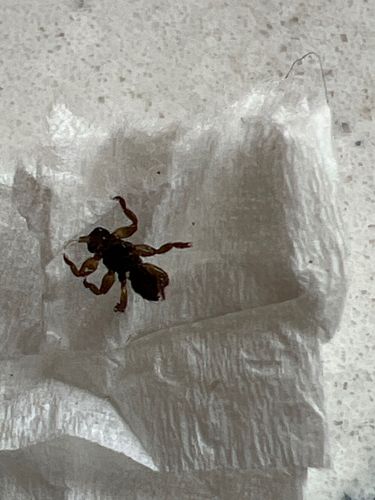Mole Cricket
Scientific Name: Gryllotalpa spp. (General Genus)
Order & Family: Order: Orthoptera, Family: Gryllotalpidae
Size: Typically 2.5 to 5 cm (1 to 2 inches) in length

Natural Habitat
Mole crickets prefer moist, sandy soils and are commonly found in lawns, golf courses, pastures, agricultural fields, and gardens. They live in elaborate burrow systems they construct near the soil surface.
Diet & Feeding
Their diet varies depending on the species; some are herbivorous, feeding on roots, tubers, and grasses, while others are omnivorous or carnivorous, preying on other insects and invertebrates. Some species are beneficial predators of pest insects.
Behavior Patterns
Mole crickets are primarily nocturnal and spend most of their lives underground. They are known for their digging abilities, creating extensive burrow systems. Males chirp to attract females by rubbing their forewings together, with the burrow acting as a resonating chamber to amplify the sound. They are strong fliers, especially during dispersal flights for mating.
Risks & Benefits
Potential risks include significant damage to crops, turfgrass, and garden plants due to their burrowing and root-feeding habits. This can lead to economic losses for agriculture and landscaping. Benefits are limited, but some species can help aerate soil through their burrowing. Carnivorous species may also help control other soil-dwelling insect pests.
Identified on: 8/13/2025